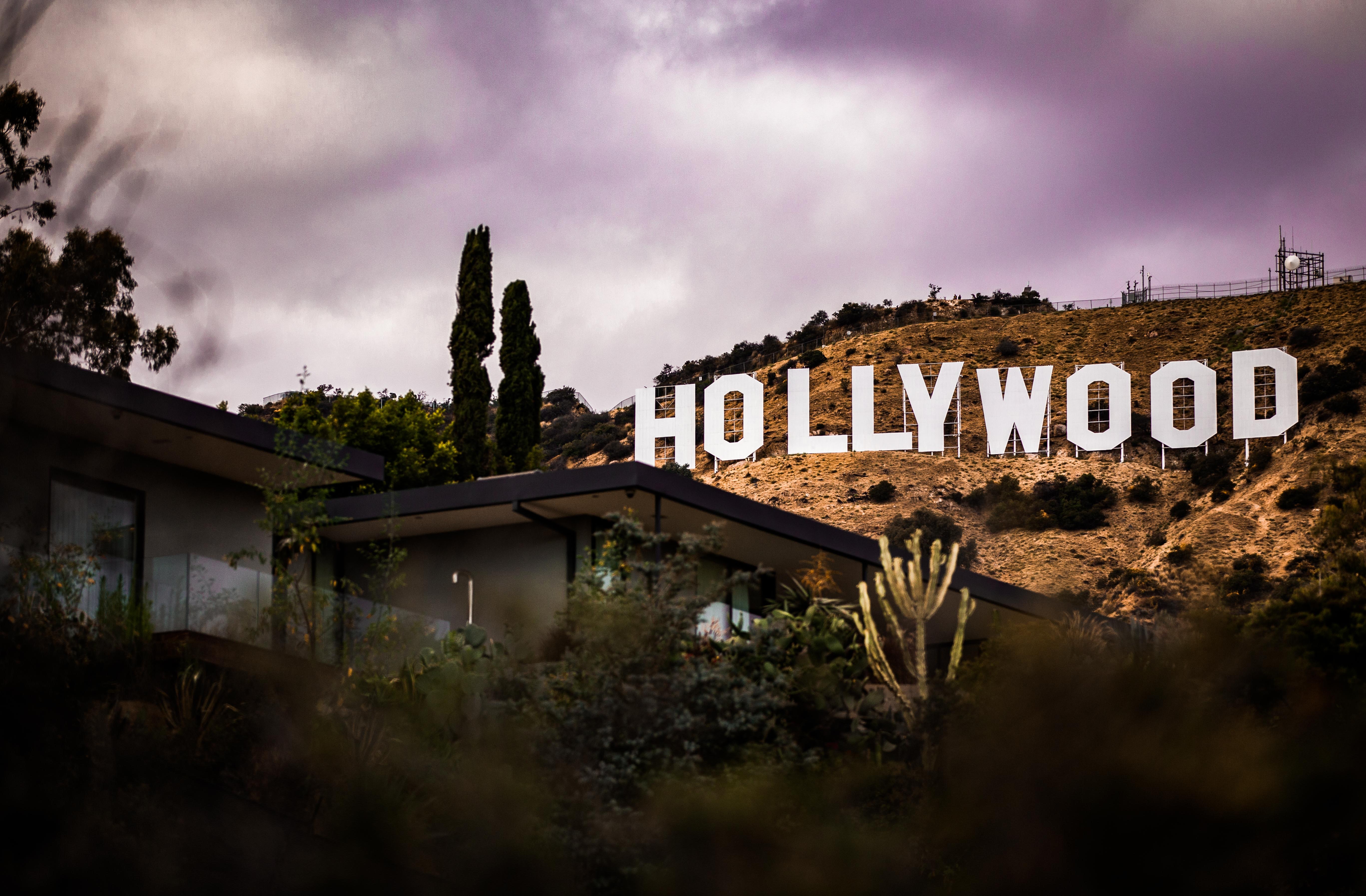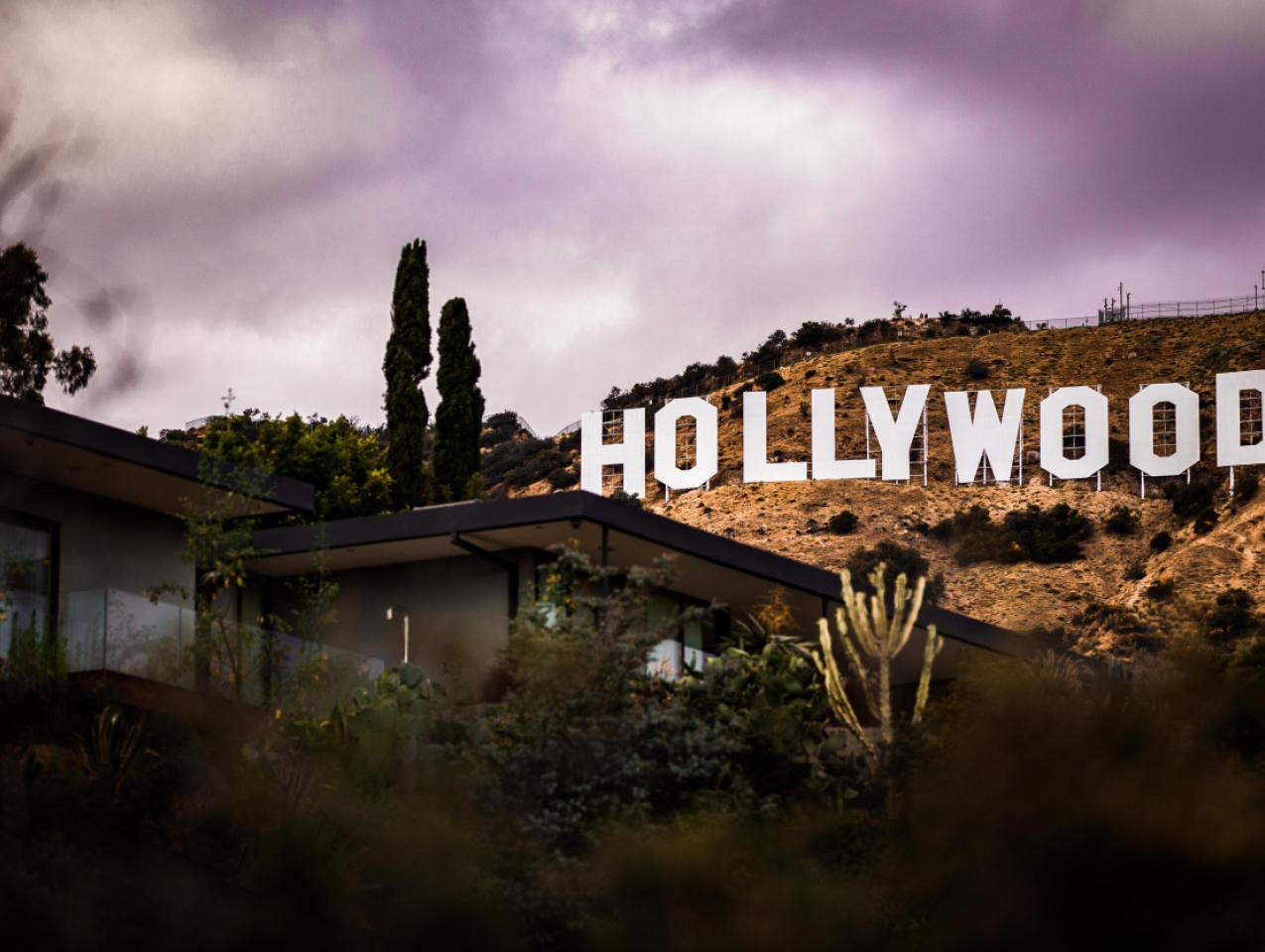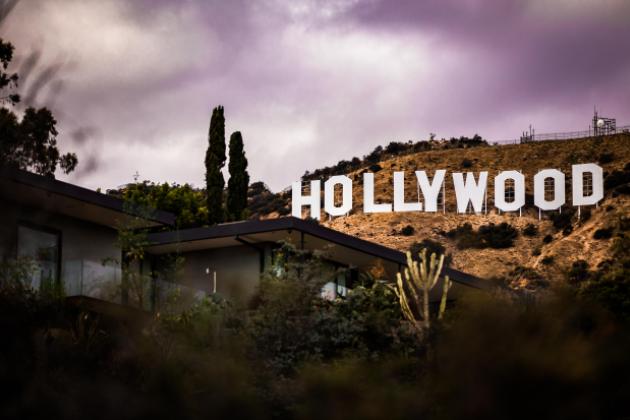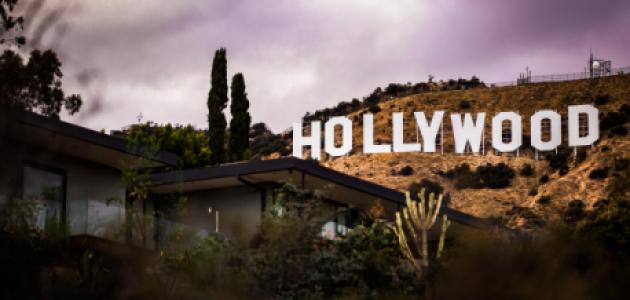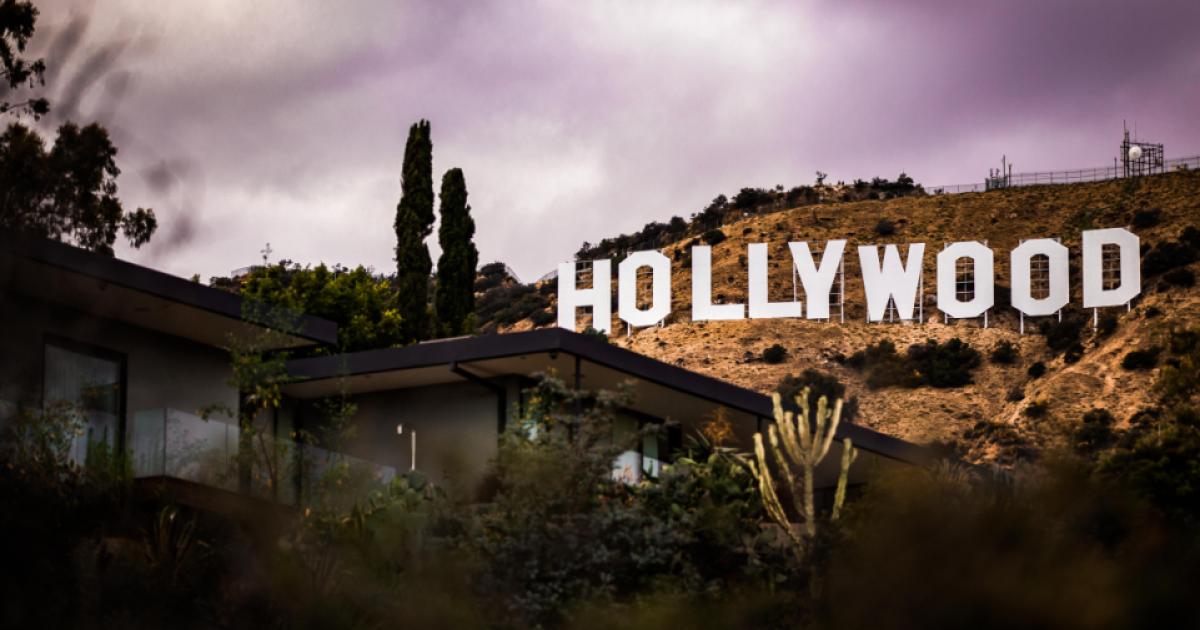Baseball has spring training, Broadway its tech rehearsals, and software engineers their beta tests.
And California politics?
The closest the Golden State comes to a “trailer”—in Hollywood-speak, a shorter clip of a longer and larger coming attraction—may be what occurred last week (fittingly enough) in Los Angeles, where voters were asked to vote on a new parcel tax in a countywide special election.
The issue in question: Measure EE, which proposed an annual property levy of 16 cents per square foot on indoor spaces, excluding parking areas, with the proceeds going to public schools—raising an estimated $500 million annually over 12 years for the Los Angeles Unified School District.
The outcome: EE received only 45% of the vote—not remotely close to the two-thirds threshold required to pass a new parcel tax.
The significance: voters statewide could very well be having this same conversation a year from now—higher taxes for the sake of public schools—should California’s November 2020 ballot include a measure that would modify 1978’s Proposition 13, which limits state property taxes.
A quick glimpse of California’s Secretary of State elections page (from the office that monitors statewide elections) shows two measures have already qualified for the 2020 ballot. One would impose parole restrictions for parole-eligible nonviolent offenders who’ve completed the full term for their primary offense.
But it’s the second measure that lines up as a highly visible, high-stakes, and high-dollar fight. That would be “The California Schools and Local Communities Funding Act,” which actually qualified for the ballot in October 2018.
If approved (a simple majority is all that’s required), the measure would be the first significant modification of Proposition 13, which was approved in 1978 and presaged the Reagan Revolution as a public backlash against high taxes.
Thanks to Prop 13, California residential and commercial property is reassessed only at the time of its sale. Thus some property owners are locked into tax assessments that date back the better part of 40 years.
But if voters approved the Prop 13 rewrite, a new system would be put in place to reassess commercial businesses every three years (businesses with fewer than 50 employees would be exempt, as would agricultural land), with (brace for impact) the State Legislature able to reassess even more frequently if it so chooses.
In California, this is known as a “split roll” approach, addressing the commercial side of Prop 13 but not the residential, which would be far less popular with voters.
Supporters say the rewrite would add an extra $11 billion a year to the state’s coffers. Critics say it’ll drive businesses out of the Golden State (the property-tax cap is one of few business-friendly ways that California can distinguish itself from competing states).
And there’s an added budget wrinkle: while the proceeds would go to education, it’s maybe not the right way to invest the windfall. Joe Matthews, a longtime California political observer (he wrote a terrific book on Arnold Schwarzenegger and the 2003 recall election) notes that the measure is heavy on money for K–14 education (not a surprise as this is a teachers’-union measure) but light on dollars for health care and other aspects of education, like early-childhood development.
So how will this break down a year from now?
Thanks to former California governor Jerry Brown, we already know the playbook. Twice in his eight gubernatorial years leading up to the current Newsom administration, Brown sold California voters on the concept of higher taxes for higher school funding (this would be 2012’s Proposition 30 and 2016’s Proposition 55).
It’s not a coincidence that the former governor chose presidential election years in which to do his hiding of these proposals. The higher turnout means more Democrats coming to the polls—presumably, a more tax friendly audience.
Moreover, Brown drew a logical beeline between taxes and schools—even if it wasn’t an honest sale. The tax hike on upper earners wasn’t “temporary,” as the governor promised. Nor did Brown bother to note how insatiable pension costs (the California State Teachers’ Retirement System, or CalSTRS) funneled money away from classrooms.
Brown also had some extra wind behind his sail: a California business community that stayed out of both initiative fights. Why? In part because a California governor—and his veto pen—is the last line of defense against an overzealous State Legislature. The business community didn’t want to end up in Brown’s dog house for fighting his pet initiatives. Plus, in both instances, individual earners—not businesses—were asked to take the tax hit.
The question in 2020: can Governor Newsom and his friends in the teacher’ unions pull off higher taxes a third straight time if indeed the Prop 13 rewrite stays on the ballot?
And that takes us to lessons learned from last week’s vote in Los Angeles.
First, the Los Angeles special election was a reminder of what Californian political observers already knew: parcel taxes, with their two-thirds-approval threshold, are a heavy lift. Only one in seven school districts in California have passed them.
Second, Measure EE’s sharp rebuke meant a bad night for establishment figures in the Southland.
The measure was touted by Los Angeles mayor Eric Garcetti and LAUSD superintendent Austin Beutner, in addition to United Teachers Los Angeles (it represents teachers, nurses, and school counselors), the California Charter Schools Association, and Local 99 of the Service Employees International Union. Yet despite a healthy $8 million budget to market the measure, it failed to reach even 53% approval, which is where the last Los Angeles parcel tax stalled nine years ago in another June vote (in retrospect, it seems a good idea that Garcetti didn’t run for president).
Opposition came in the form of the Los Angeles Area Chamber of Commerce, the Valley Industry & Commerce Association, and BizFed (a business grassroots organization). They didn’t have the same financial resources, but they did enjoy at least four advantages:
- The special election generated a turnout of perhaps 10%—in California, the lower the turnout, the less likely a tax increase passes;
- A last-minute change to the measure (to address its lack of oversight), coupled with its quick placement on the ballot, played into a suspicion that it was an end-run around usual public scrutiny;
- That skepticism was furthered by the argument that LAUSD couldn’t be trusted with the annual $500 supplement; instead of making its way to the classroom, it’d go instead toward solving LAUSD’s projected $576 million operating deficit.
- Finally, bad ink—news accounts that questioned the education establishment’s good sense. One example: LAUSD, years ago, using school construction money to buy iPads for students.
So what should the respective sides of the looming Prop 13 fight take away from this failed Los Angeles experiment?
The pro-tax side could easily shrug off the results given the low turnout. Still, the fact that Measure EE was far less popular than its predecessor of nearly a decade earlier should be a cause for concern—especially when a teachers’ union, empowered as it felt coming off a January strike, paired with an ambitious mayor and earnest education leaders and reformers, thought they could close the deal.
What the anti-tax side should note: a question of accountability eroded voters’ confidence. So perhaps the key to fending off the Prop 13 rewrite is to start asking questions about how education spending breaks down in California (here’s a good tutorial, courtesy of David Crane).
It’s another aspect of higher learning in California: teaching voters to understand what exactly it is they’re being asked to approve.







